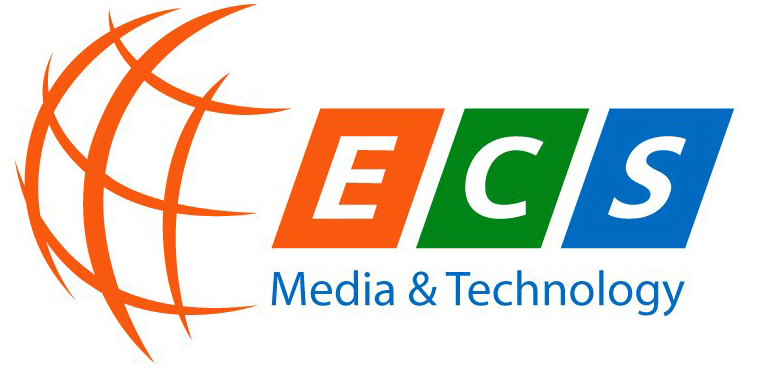Fundamental vs Technical Analysis: Key Differences for Traders
Content
In contrast, technical analysis focuses on predicting the direction of stock prices by studying past market data, primarily price and volume. Technical analysts look for patterns and signals that indicate the future activity of stock prices, Decentralized finance making it more about timing the market than evaluating the company’s fundamental principles. Technical analysis is a method used to evaluate and forecast future price movements based on historical price data and trading volumes.
- Technical analysis aims to predict short term price swings but provides no insight into a stock’s long term potential or value.
- Traders also calculate indicators as a secondary measure to look at money flow, trends and momentum.
- Technical traders rely on indicator signals, breakouts, pivot points, or candlestick patterns that could catalyze short term price changes regardless of news or events.
- Sticking purely to one method risks missing the advantages offered by the other.
- It also considers the current amount of debt using the debt to equity ratio.
- When trying to value a stock it’s customary to look at the company’s revenues and earnings, the firm’s fixed and variable costs, levels of debt and cash flow generation, dividend history and many other metrics.
Comments: Fundamental Analysis vs Technical Analysis
Although fundamental and technical analysis differ, both provide valuable insights. The choice between fundamental analysis vs technical analysis depends on the investor’s goals, risk tolerance, and investment time frame. In fundamental analysis, the stock is https://www.xcritical.com/ bought by the investor when the market price of the stock is less than the intrinsic value of the stock. As against, in technical analysis, the stock is bought by the traders, when they expect that it can be sold at a relatively higher price. The price at which the buyer and seller of the share, decides to settle the deal, is one such value which combines, weighs and expresses all the factors, and is the only value which matters.
Technical Analysis: The Art of Price Prediction
Technical analysis is essential in investment decision-making because it provides investors difference between fundamental and technical analysis with insights into market trends and momentum. Understanding both technical and fundamental analysis gives investors a toolkit for navigating the markets effectively. Technical analysis excels in short-term trading, offering quick insights and decisions based on current trends. Its main drawback is the potential oversight of intrinsic value and broader market conditions.
Fundamental Analysis vs Technical Analysis: What’s the Difference?
Integrating both technical and fundamental analysis can offer a comprehensive view of the forex market. Combining technical signals with fundamental insights allows traders to enhance their strategies and improve decision-making, aligning their approach with their trading style and objectives. The approach to technical analysis can vary between short-term and long-term strategies.
Meanwhile, a forex trader would respond to macroeconomic data for the country in question, like GDP or inflation. Here’s what you need to know about fundamental analysis vs technical analysis and how to effectively trade with them on our platform. This measures a company’s profit divided by the outstanding shares of its stock. Most traders often compare EPS values over time and against competitors to gauge a company’s growth potential. If, for example, the majority of people are expecting an interest rate rise, but it doesn’t come, then the currency of that particular country would normally slip back.
Once you have researched these subjects the next thing to do is open a trading account. Surprises move markets, and the bigger the degree of surprise, the larger the market reaction usually is. And perhaps more importantly which way the momentum within the data is heading.

Fundamental analysis seeks to establish the intrinsic value of a stock by studying its fundamentals. Investors seek stocks trading below their intrinsic value so they are able to buy them at a discount. Fundamental analysts believe the market will eventually recognize this value and the stock price will reflect it more accurately. Fundamental trading strategies cannot be easily backtested or automated since each company and situation is unique. Technical trading strategies is backtested and automated using historical data to determine the viability of a strategy before employing it in live trading.
Whether you’re just beginning or refining your approach, leveraging both methods will enhance your ability to make informed and profitable decisions. In the following sections, we’ll take a more detailed look at technical analysis. It’s up to investors to decide who is correct and determine their own philosophy. Using CFDs it is possible to trade either of these outcomes by going long on a break above the all time high, or by opening a short position on a further failure, and any subsequent breakdown in the price action. Which shows that the Meta share price is close to its all time highs, and to an area of horizontal resistance, having been in an uptrend since November 2022.

If they determine that it has breached this point, it could be that the price trend has entered a bullish phase and could rise further. By pre-empting a price movement based on past trends, the trader may be able to find the best entry or exit point for the trade. Technical analysis uses a variety of strategies to determine value, such as moving averages, Fibonacci retracements and Bollinger bands. Fundamental analysis can be used to evaluate a number of trading instruments, such as shares, indices, currencies and commodities. Some traders will want to weigh up economic factors such as a country’s GDP, unemployment levels, company profitability and the health of a sector before taking a decision to buy or sell.
This thinking is explained in detail in books like a Random Walk Down Wall Street, which states that an investor is better of guessing than stock picking. (For more insight, read What Is Market Efficiency? and Working Through The Efficient Market Hypothesis). Fundamental analysis takes a long-term approach to investing compared to the short-term approach taken by technical analysis.

Fundamental Analysis appeals to investors and value traders prepared to perform deep dives into financial data and economic indicators to assess stock values. It suits those with a greater tolerance for short-term volatility in anticipation of long-term gains. In contrast, technical analysis attracts traders looking to leverage market trends and momentum. These investors might be less concerned with the company’s financial position and more interested in the trading volume and price movements. Technical analyses look only at charts, as it believes that all of a company’s fundamentals are reflected in the stock price. Chart patterns are the most commonly studied, as they show variation in price movement.
Fundamental analysis empowers investors to make sound investment decisions based on the information reviewed and investment facts derived. Fundamental analysis empowers investors to conduct company evaluations before they decide to buy. Technical analysis enables Forex traders to gauge what other traders are doing, which helps them understand market sentiment. Trader activity creates trends that technical analysts review to understand market psychology.
Unlike fundamental analysis, which focuses on the intrinsic value of a security, technical analysis relies primarily on chart patterns and market psychology to identify trends and make trading decisions. While determining whether fundamental analysis or technical analysis is more effective, traders can integrate both approaches. Fundamental analysis and technical analysis can be combined to provide a comprehensive approach to investing and trading, leveraging the strengths of both methods to make better-informed decisions. Fundamental analysis helps determine what to buy — companies with strong prospects, good management, and solid financials. Technical analysis helps determine when to buy — the ideal times to enter and exit the market based on price movements and trends. For example, investors can use fundamental analysis to select an essentially undervalued stock and technical analysis to determine the best entry and exit points based on stock price trends.

